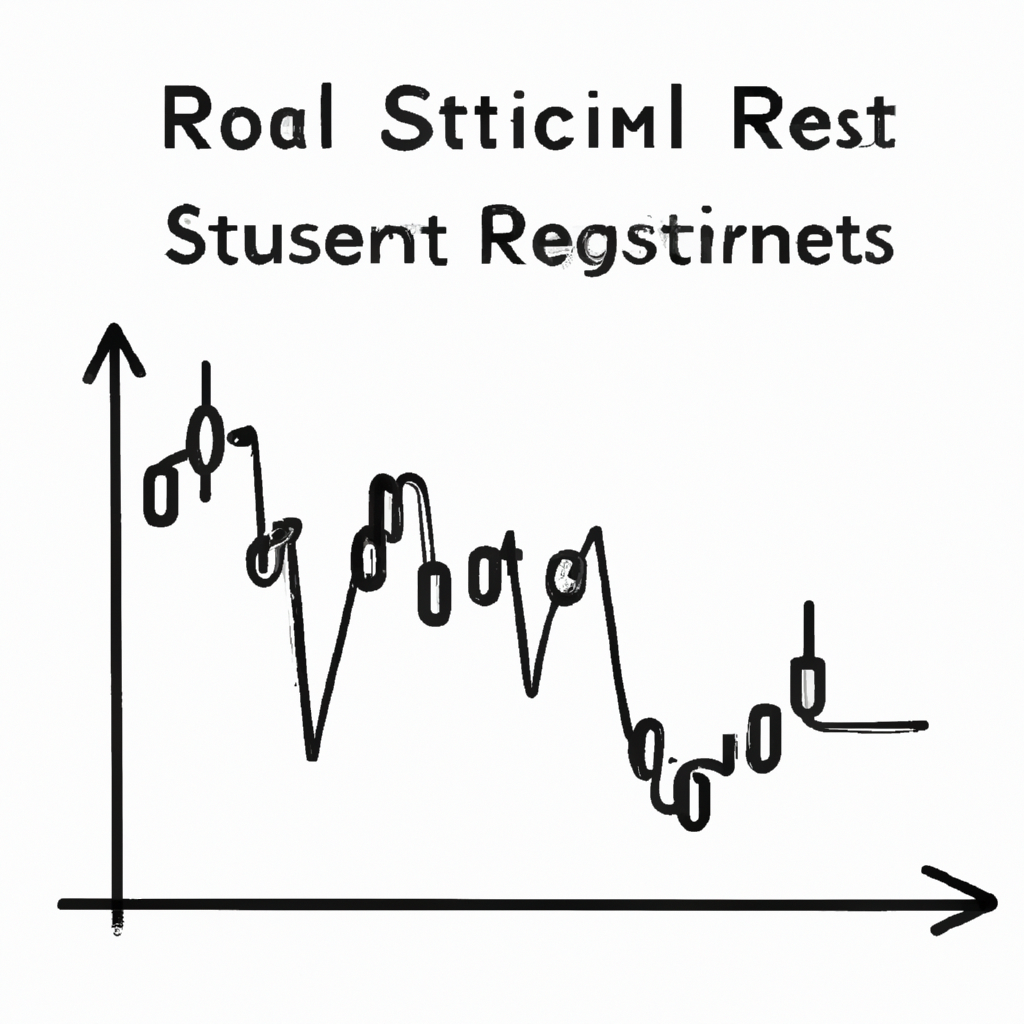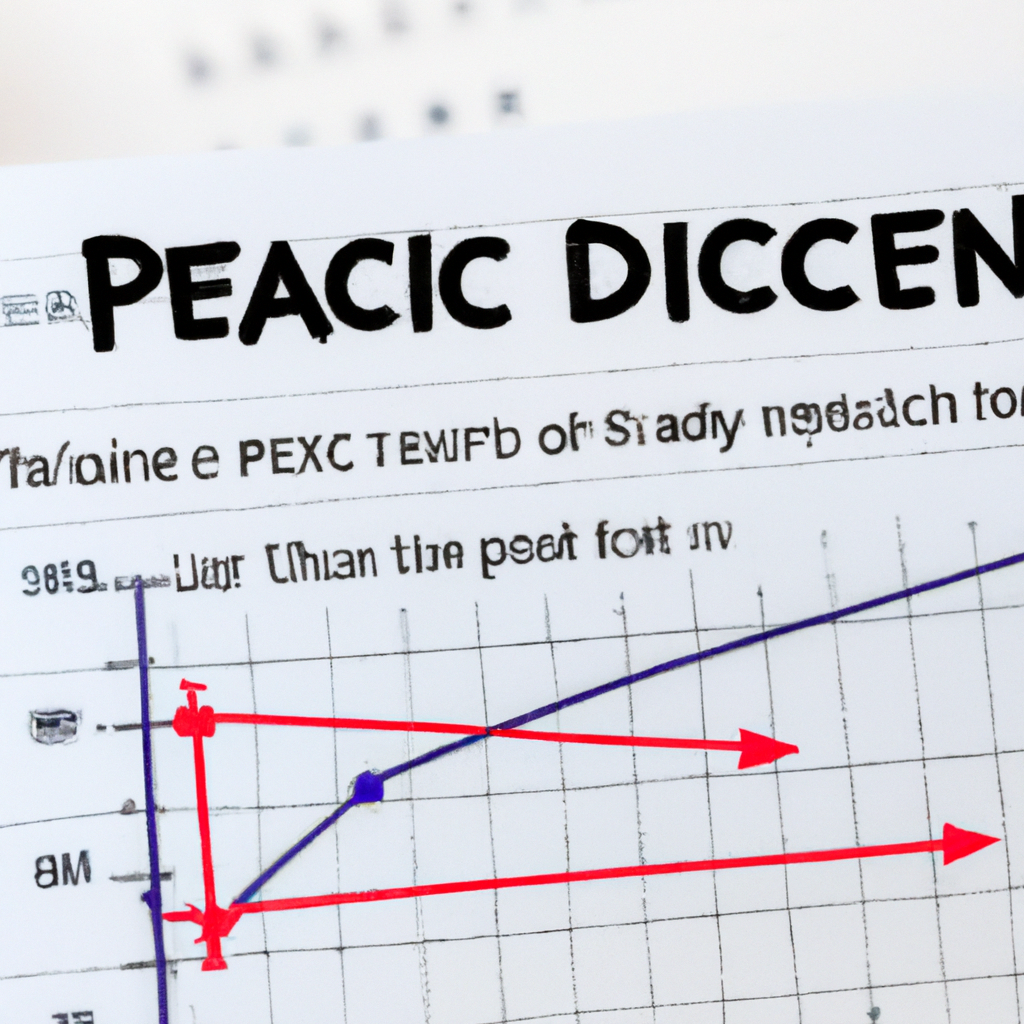Elliott Wave Forecasting Models: A Comprehensive Guide
Introduction
The Elliott Wave Theory, developed by Ralph Nelson Elliott in the 1930s, is a popular method used by traders and investors to forecast future price movements in financial markets. This theory is based on the belief that market prices follow predictable patterns, which are a result of the psychology of market participants. Elliott Wave forecasting models have gained significant popularity due to their ability to provide valuable insights into market trends and potential turning points. In this article, we will explore the key components and steps involved in Elliott Wave forecasting models.
Understanding the Elliott Wave Theory
The Elliott Wave Theory is based on the concept that markets move in repetitive cycles, consisting of impulsive waves and corrective waves. These waves can be observed in various timeframes, from intraday charts to long-term trends. The theory identifies two types of waves:
1. Impulsive Waves: These waves move in the direction of the primary trend and consist of five sub-waves labeled as 1, 2, 3, 4, and 5. Waves 1, 3, and 5 are the impulsive waves, while waves 2 and 4 are the corrective waves.
2. Corrective Waves: These waves move against the primary trend and consist of three sub-waves labeled as A, B, and C. Wave A and C are the impulsive waves, while wave B is the corrective wave.
Applying Elliott Wave Forecasting Models
To effectively apply Elliott Wave forecasting models, traders and investors follow a systematic approach. Here are the key steps involved:
1. Identify the Primary Trend: The first step is to determine the direction of the primary trend. This can be done by analyzing price charts and identifying higher highs and higher lows for an uptrend or lower highs and lower lows for a downtrend.
2. Count the Waves: Once the primary trend is identified, traders need to count the impulsive and corrective waves within that trend. This involves careful analysis of price movements and identifying the sub-waves according to the Elliott Wave Theory.
3. Use Fibonacci Ratios: Fibonacci ratios play a crucial role in Elliott Wave forecasting models. Traders often use Fibonacci retracement levels to determine potential support and resistance levels within a wave. These levels can help identify potential turning points and areas of price reversal.
4. Confirm with Other Indicators: While Elliott Wave forecasting models can provide valuable insights, it is essential to confirm the analysis with other technical indicators or fundamental factors. This helps to increase the accuracy of the forecast and reduce the risk of false signals.
Benefits and Limitations of Elliott Wave Forecasting Models
Elliott Wave forecasting models offer several benefits to traders and investors. These include:
– Providing a structured framework for analyzing market trends and potential turning points.
– Offering a long-term perspective on market cycles and trends.
– Helping traders to identify high-probability trading opportunities.
However, it is important to note that Elliott Wave forecasting models also have limitations. These include:
– Subjectivity: The interpretation of Elliott Wave patterns can vary among analysts, leading to subjective analysis.
– Complexity: Mastering Elliott Wave forecasting models requires significant time and effort to understand the intricacies of wave patterns and their variations.
– False Signals: Like any forecasting method, Elliott Wave analysis is not infallible and can generate false signals, leading to potential losses if not used in conjunction with other analysis tools.
Conclusion
Elliott Wave forecasting models provide traders and investors with a valuable tool to analyze market trends and potential turning points. By understanding the key components of the Elliott Wave Theory and following a systematic approach, traders can enhance their decision-making process and improve the accuracy of their forecasts. However, it is important to remember that no forecasting model is foolproof, and incorporating other technical indicators and fundamental analysis is crucial for comprehensive market analysis.



